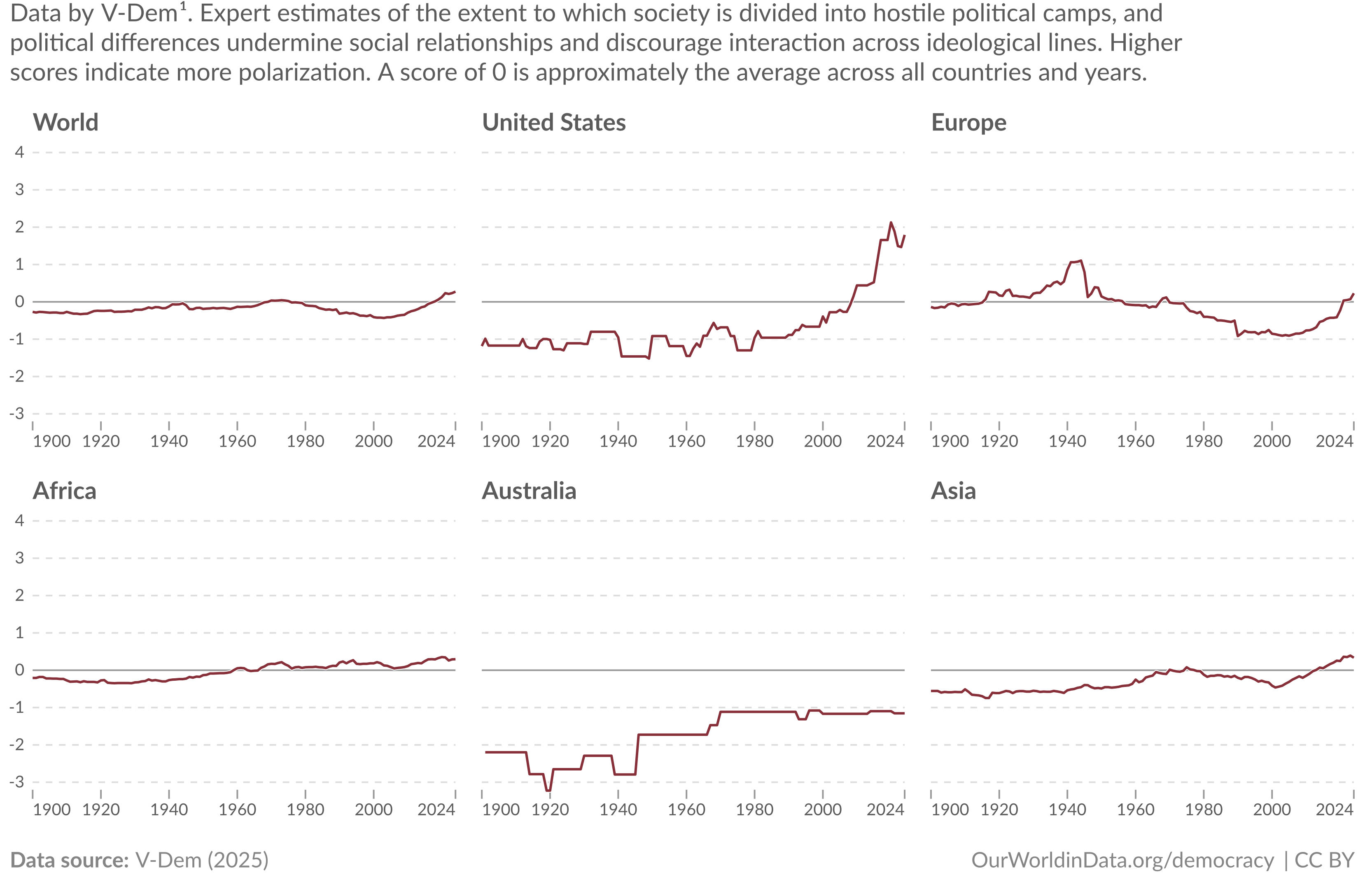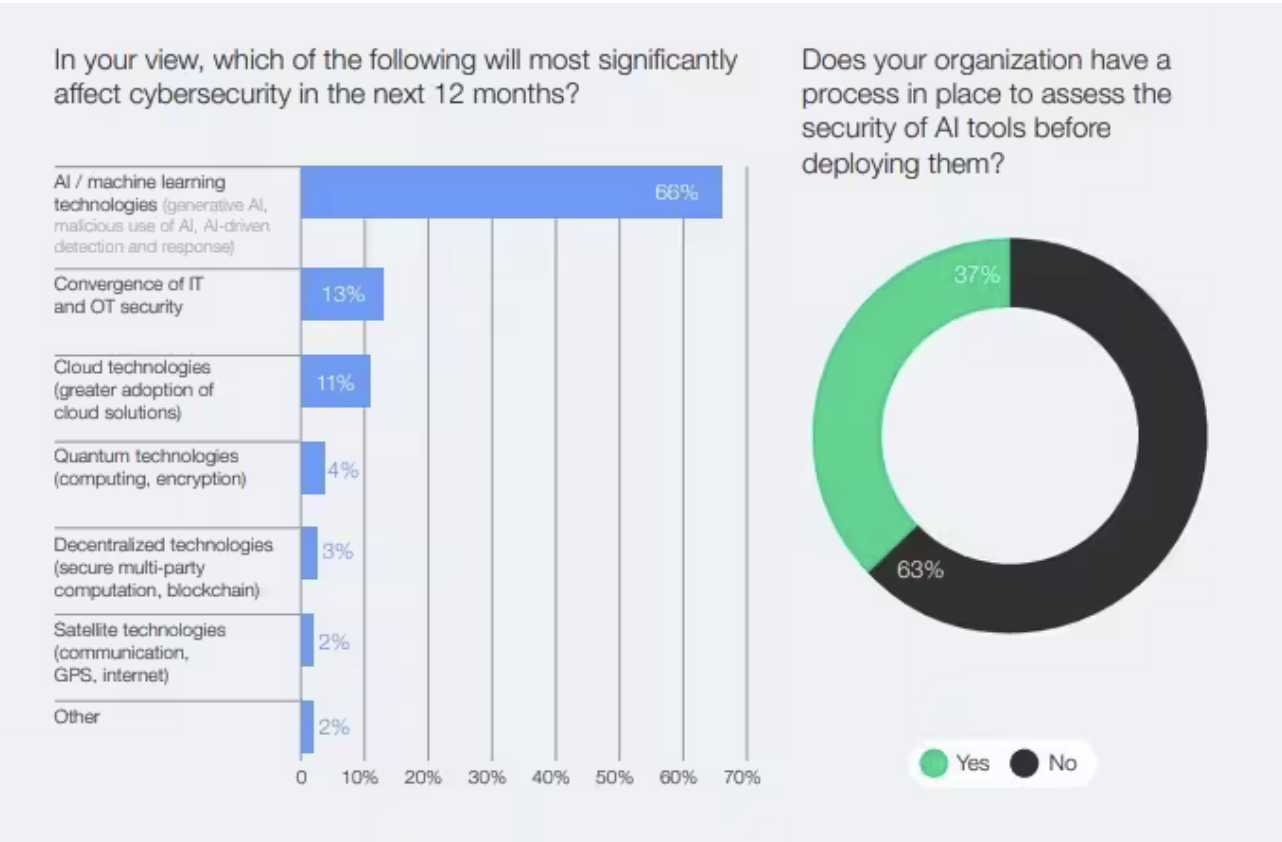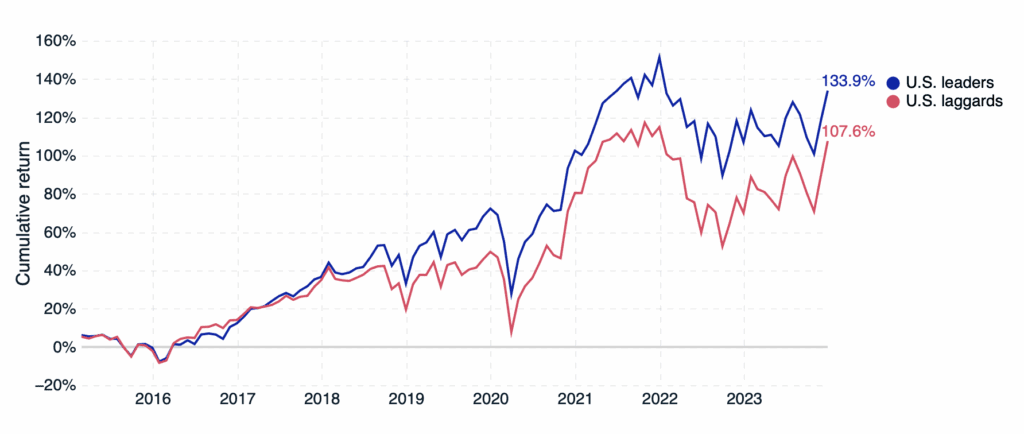Views
Corporate Governance Trends That Will Shape the Next Season

Corporate governance has moved beyond compliance checklists. It is now the benchmark for resilience, transparency, and long-term sustainability.
Within Environmental, Social, and Governance (ESG), governance seems to be the “enabler” that ensures environmental and social goals are achieved responsibly, and evidence shows strong governance leadership helps companies outperform peers.
With rising investor expectations, tighter regulation, and rapid digital transformation, 2026 could mark a turning point for governance.
At Proxymity, we believe a new era is beginning. Let’s explore the key corporate governance trends set to shape meetings in 2026 and beyond, and how the custody chain can prepare.
For today’s challenges, read our piece on ‘Top Corporate Governance Issues and How to Solve Them’.
1) Shareholder activism is still prevalent; year-round engagement will be key

Shareholder activism is rising worldwide, and younger retail investors are now demanding greater influence. In the U.S., over 85% of respondents in a survey expect activism to increase in 2025, up from less than 25% in 2024. This is further evidenced by the data shown in the image (Source: Harvard Law forum), highlighting the increasing activist activity in Q1 2025.
Gen Z investors are driving calls for pass-through voting and transparent communication. But issuers still face fragmented channels and slow data flows, leaving both retail and institutional investors frustrated.
Implication: To succeed in 2026, issuers and issuer agents will need real-time tools for transparent engagement and year-round stakeholder dialogue. Digital-native platforms like Proxymity’s Shareholder Insights make this possible, enabling direct, timely connections that improve proxy season outcomes.
2) Ongoing regulatory tightening drives calls for global standardisation

Governance frameworks are converging but growing more complex. Laws like the EU’s SRD II, UK Companies Act, Australia’s 672B, and new U.S. SEC proposals are tightening transparency rules. Combined with ISO 20022 migration, intermediaries face rising compliance costs, operational pressure, and penalty risks.
Implication: Firms that adopt scalable, digital solutions now will reduce risk and gain a competitive edge. A “buy now, build later” approach offers the most affordable path to prepare for the 2026 season.
3) Changing political landscape and polarisation will influence governance practices

Source: V-Dem (2025) – processed by Our World in Data
Politics is reshaping corporate governance in unprecedented ways. Polarisation around ESG, climate change, and social issues is accelerating, particularly in the U.S., where anti-ESG shareholder proposals more than doubled between 2022 and 2024. Moreover, the data shown in the image above highlights the rise in political polarisation globally, especially in markets like the U.S.
Boards may face conflicting expectations, with U.S. investors pushing for less emphasis on ESG, while European and Asian investors continue to demand strong commitments. Proxy advisers will also be under pressure to align with shifting political agendas.
Implication: Boards must adopt adaptive governance strategies that can flex across regions while maintaining credibility.
4) Transition to T+1 (and T+0) settlement cycles is highly likely; real-time will be the norm in governance too

With the U.S. and Canada already on T+1 and markets like India phasing in T+0, settlement cycles are accelerating. This will sharply compress proxy voting and shareholder disclosure timelines, exposing manual processes to missed deadlines and investor frustration.
Implication: Real-time, digital-native solutions will be essential. Platforms like Proxymity Vote Connect enable issuers, intermediaries, and investors to transition seamlessly to this new normal.
5) AI and automation will impact budgets and resources invested towards governance

Artificial intelligence and automation are transforming governance practices. From predictive analytics that flag governance risks to digital shareholder registers that enable seamless AGMs, technology is embedding itself at the core of corporate decision-making.
Hybrid and virtual shareholder meetings are now mainstream, and AI-powered tools can help automate certain routine tasks, operational efforts, identify risks early and provide the custody chain with actionable insights from shareholder trading behaviour.
Implication: Companies that embrace digital governance tools will be more agile, transparent, and investor-friendly.
6) As AI booms, cybersecurity and data privacy will become governance priorities

Shareholder data is incredibly sensitive, and the stakes are rising as AI grows. With breaches now costing an average of $4.45M, regulators are demanding stronger cyber-resilience reporting. Additionally, data from World Economic Forum evidences the rising risk of cyber threats as AI advances.
For issuers and custodians, the risk won’t be just fines, but their trust and reputation with stakeholders.
Implication: Cybersecurity is no longer just an IT problem; it’s a governance priority. Expect AI-powered ethical hacking and smarter defences to play a bigger role in protecting shareholder data.
7) The ‘G’ will lead the ESG transformation

As ESG matures, governance is becoming the linchpin of effective environmental and social outcomes. The analysis by MSCI shown above proves the value of governance as a competitive advantage.
Good corporate governance ensures that sustainability commitments are credible, measurable, and aligned with shareholder interests and returns.
Forward-looking boards, intermediaries and investors are embedding governance at the heart of their ESG strategies, transforming it from a compliance exercise into a competitive differentiator.
Implication: The ‘E’ and ‘S’ will need to be enabled through adaptive, tech driven governance practices that eventually result in better shareholder returns.
8) Real-time analytics and connectivity will be a game-changer

Traditional governance has relied on retrospective reporting. In 2026, that won’t be enough.
1. Real-time analytics will allow boards to spot risks and opportunities instantly.
2. Modern shareholder engagement will become more transparent and responsive.
3. Intermediaries will be expected to process instructions and disclosures faster and with fewer errors
In addition, markets like Singapore are already raising the bar by expanding sustainability reporting demands.
Implication: Those who invest in setting up connectivity and analytics today will set the pace for the market next year.
Conclusion: The future of corporate governance
The 2026 proxy season will be defined by faster settlement, political volatility, and new compliance pressures—alongside unprecedented opportunities for transparency and innovation.
Issuers, custodians, and intermediaries that digitise their governance processes will not only meet regulatory demands but also build stronger, more trusted relationships with their investors.
Discover how Proxymity solutions are helping organisations stay ahead of the curve. Contact our team to learn more.

